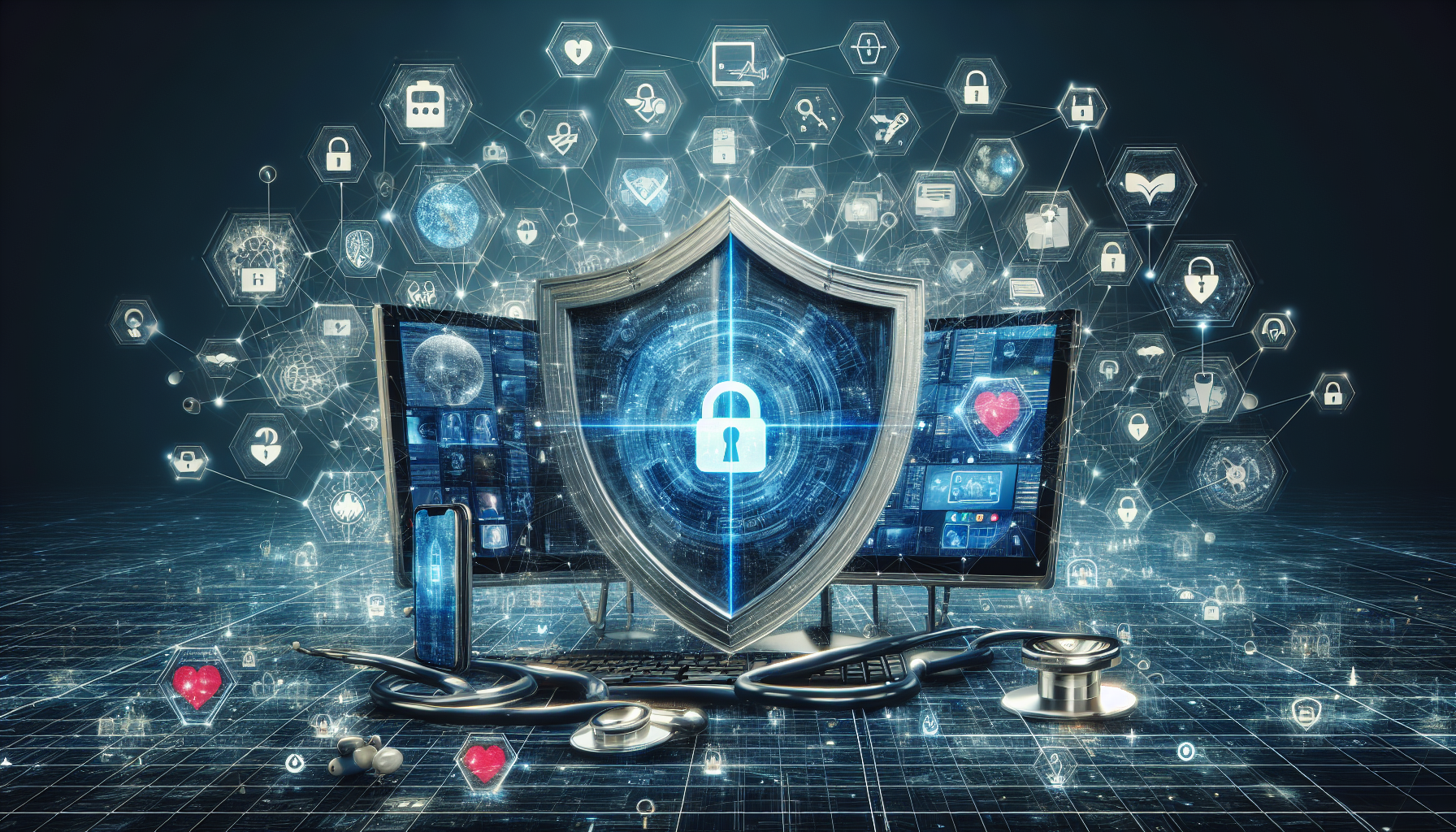The Essential Role of Cybersecurity in Protecting Telehealth Services: Strategies and Technologies
Introduction
The rapid expansion of telehealth services, especially highlighted during the COVID-19 pandemic, has brought significant benefits, allowing patients remote access to healthcare services. However, this digital shift also introduces new vulnerabilities, making cybersecurity a critical component in the implementation of telehealth services.
Importance of Cybersecurity in Telehealth
Protecting Sensitive Data
Telehealth platforms handle a vast amount of sensitive data, including personal health information (PHI) and financial transactions. Protecting this data from cyber threats is paramount to maintain patient trust and comply with regulations like HIPAA in the U.S.
Ensuring Service Availability
Cyber attacks such as DDoS (Distributed Denial of Service) can cripple telehealth services, denying access to vital health services to patients. Effective cybersecurity measures are critical to ensuring that services are always available to those in need.
Complying with Legal and Regulatory Requirements
Telehealth services are often subject to strict regulatory requirements designed to protect patient data. Cybersecurity practices help ensure that these telehealth platforms comply with such regulations, avoiding legal repercussions and fines.
Cybersecurity Strategies for Telehealth
Regular Risk Assessments
- Conducting regular assessments can help identify vulnerabilities within telehealth systems and the broader IT ecosystem.
Multi-Factor Authentication (MFA)
- Implementing MFA can significantly reduce the risk of unauthorized access by requiring multiple forms of verification.
Data Encryption
- Encrypting data in transit and at rest ensures that even if data is intercepted, it remains unreadable to unauthorized users.
Employee Training
- Regularly training healthcare providers and staff on the importance of cybersecurity and secure handling of patient data can prevent potential breaches.
Cutting-Edge Technologies in Telehealth Cybersecurity
AI and Machine Learning
- AI can analyze vast amounts of network traffic to identify and respond to threats in real-time.
Blockchain
- Blockchain technology can provide a secure and unalterable repository for health records, enhancing data integrity and access control.
Zero Trust Architecture
- Implementing a zero trust model ensures that every access request is fully authenticated, authorized, and encrypted before granting access.
Conclusion
The integration of robust cybersecurity measures is essential for the sustainable and safe operation of telehealth services. By employing strategic defenses and innovative technologies, healthcare providers can protect their services and their patients from cyber threats, ensuring trust and safety in digital healthcare services.




